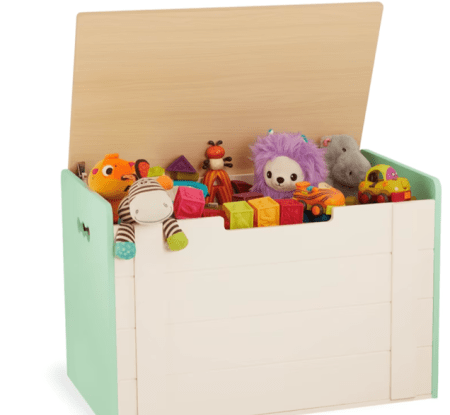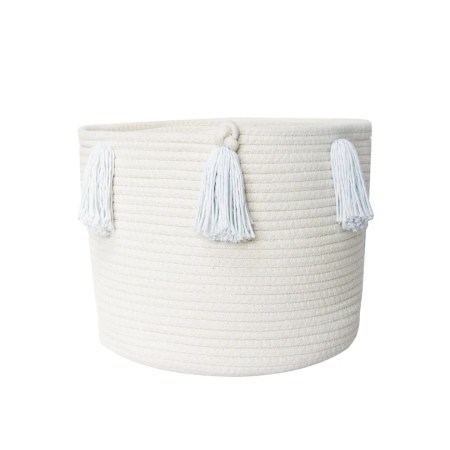The Curator independently decides what topics and products we feature. When you purchase an item through our links, we may earn a commission. Promotions and products are subject to availability and retailer terms.
Creating an organizational system for your children’s toys helps promote responsibility, encourages independence, reduces clutter, facilitates learning, fosters creativity, and saves time and stress. Toy organizing truly goes beyond maintaining a tidy space – it’s never too early to foster positive habits and create an environment that supports little one’s well-being.

Here are 5 simple steps to create a toy organizational system in your home.
Declutter
Begin by sorting through the toys. Remove broken or unused items, and consider donating toys that your child has outgrown. This helps declutter the space and makes room for the toys that are actively used and loved.


Categorize
Group similar toys together. Common categories include dolls, action figures, building blocks, art supplies, board games, and soft toys. This makes it easier for both you and your child to locate specific toys.


Storage Solutions
Explore storage that can grow with your child; consider furniture with built-in storage such as bookshelves, toy chests, or cubbies. Furniture with multiple compartments can help keep different types of toys organized and easily accessible. Consider using wall space to maximize storage – can be great for smaller toys like Lego, art supplies, games, etc.





Rotational system
If your child has a large collection of toys, consider implementing a toy rotation system. Keep some toys stored away, and periodically swap them with the ones currently in use. This keeps the play environment fresh and exciting.


Include them in the process
As your child grows, involve them in the organization process. Teach them where each type of toy belongs and how to keep their play area tidy. This not only helps with organization but also fosters a sense of responsibility.


It is important that toys are thoroughly decluttered and re-organized on a monthly basis. The more often you tend to this area, it becomes less of a chore and more of a habit. Remember – organizing is a lifestyle, not a trend or a fad.
Happy toy organizing!
Megan is a home organization expert and the founder of H:OM ORGANIZING. She regularly appears on Global News Morning Toronto sharing her tips and tricks.
—
More by Megan





Comments